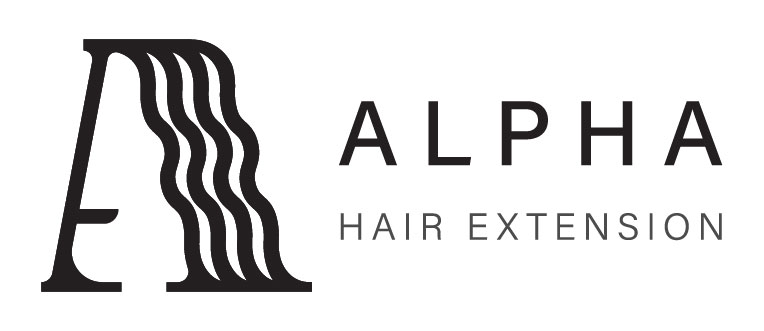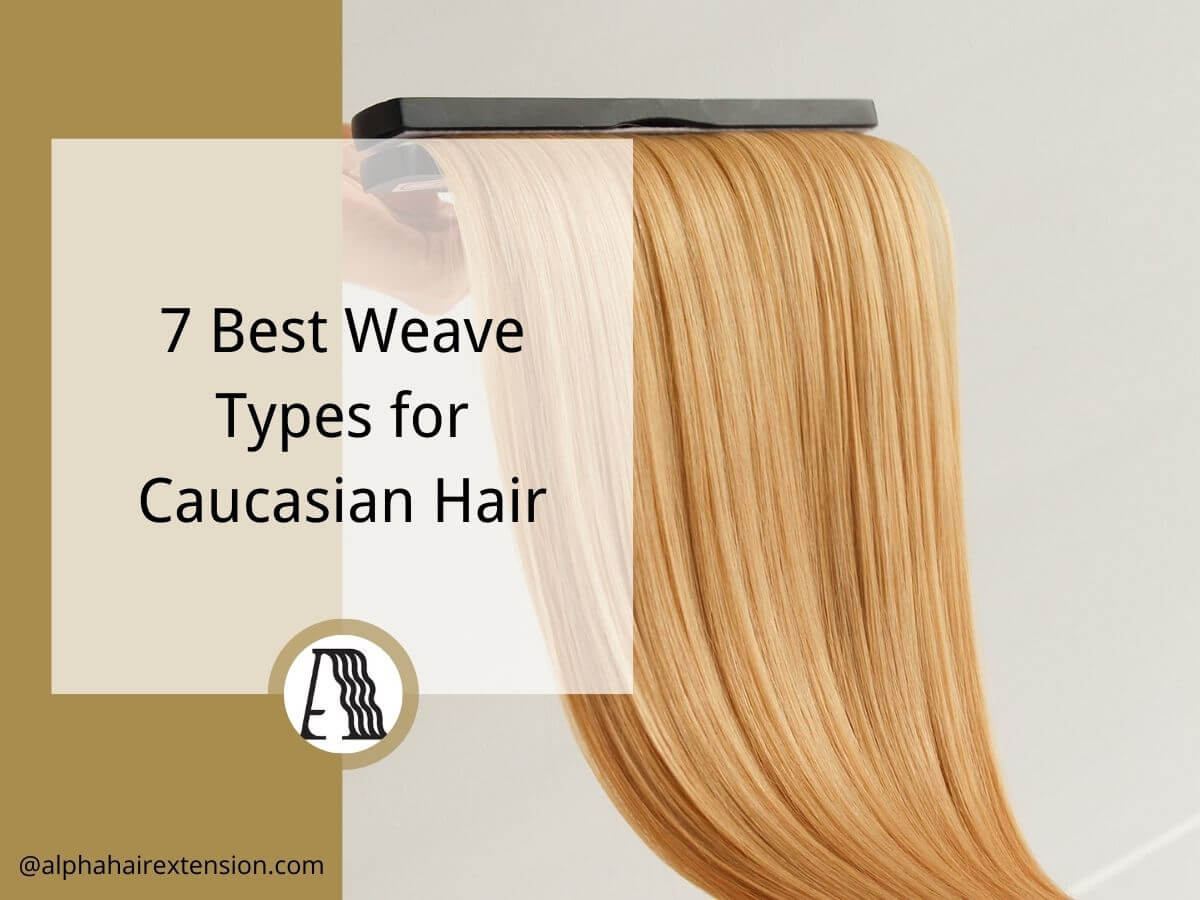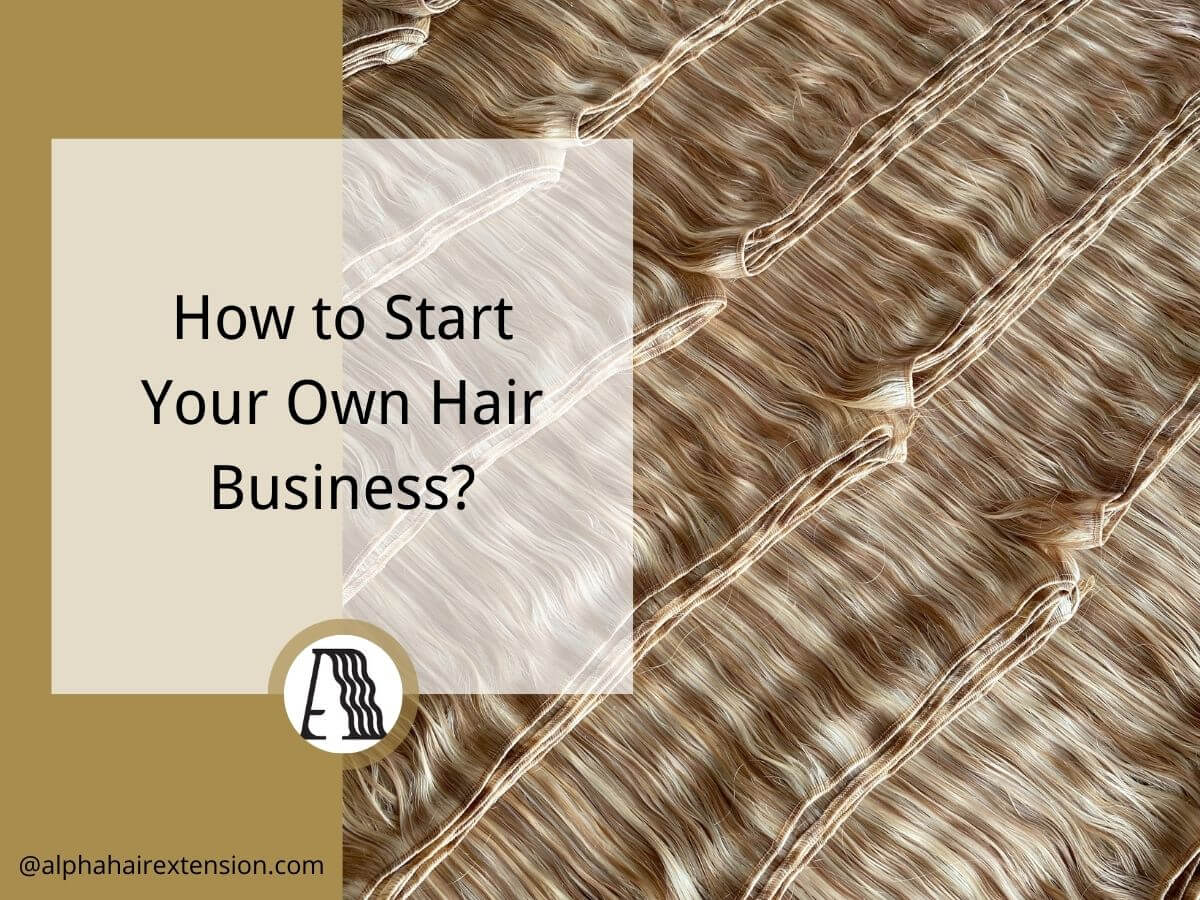I used to think all clip-in hair extensions were basically the same. That was until a salon owner called me, frustrated.
She had ordered a batch of lace clip-ins for her clients, expecting a seamless blend. Instead, her customers complained about bulky wefts, visible lace, and discomfort. A few weeks later, another stylist raved about seamless clip-in extensions, saying they looked more natural and felt lighter.
That’s when I knew I had to dig deeper.
If you sell or distribute hair extensions, knowing the real differences between lace and seamless clip-ins is essential. One works well for volume, the other for undetectable blending. But which one fits your business best?
In this article, I’ll break down the pros, cons, materials, and market demand for both. By the end, you’ll know exactly which one deserves a spot in your inventory.
Let’s get started!
1. What is Lace Clip Hair?
The first time I worked with lace clip-in extensions, I thought they were the go-to option for quick volume. They were lightweight, easy to install, and blended well for most hair types. But over time, I started noticing a pattern in feedback—some stylists loved them, while others struggled with bulkiness and visibility.
So, what exactly is lace clip hair, and is it the right choice for your business?
How Lace Clip-Ins Are Made
Lace clip hair extensions have a flexible, breathable lace base that holds the hair strands. The lace is usually made of Swiss or French lace, both known for their lightweight and durable qualities. The hair is sewn into the lace, creating a strong, but slightly raised weft.
The structure makes lace clip-ins a great option for adding thickness and volume, but it also means the wefts can be more noticeable in fine hair.
How Do Lace Clip-Ins Attach?
Each lace weft is fitted with small, pressure-sensitive clips that snap open and shut. These clips are:
- Metal-Based: Designed for a strong hold without slipping.
- Silicone-Coated: Prevents pulling and adds comfort.
- Lightweight: Allows for easy wear throughout the day.
Because the lace itself has some flexibility, lace clip-ins work well for clients who want temporary volume without permanent bonds.
Durability and Reusability
In a professional setting, lace clip-ins can last 6-12 months with proper care. They are reusable, but the lace can fray or weaken over time, especially with frequent washing.
For salons and distributors, this means:
- Higher demand for replacements over time.
- Consistent reorders from stylists who need fresh sets.
- Upselling opportunities for storage bags and gentle care products.
For businesses looking to stock lace clip extensions, understanding their structure is key. While they provide a comfortable and secure fit, they may not always be the best choice for clients who prefer a completely undetectable look.
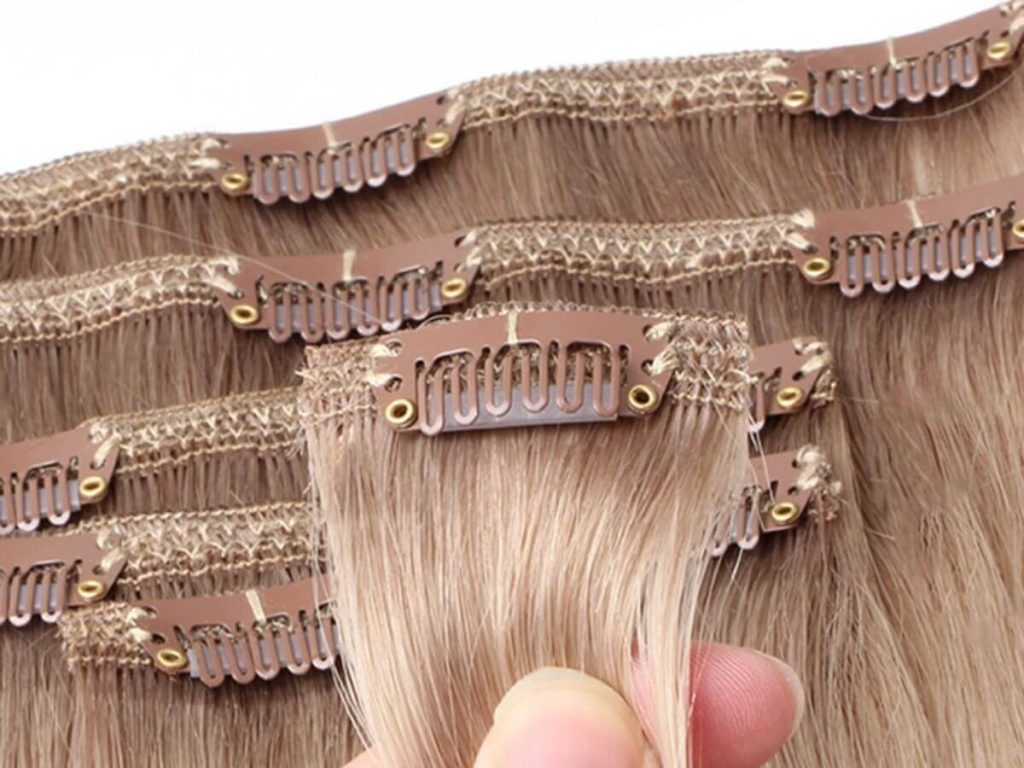
2. What is Seamless Clip Hair?
When I handled seamless clip-in extensions, I noticed the difference immediately. They felt lighter, thinner, and softer compared to lace clip-ins. When clipped into the hair, they practically disappeared.
So, what exactly is seamless clip hair, and why are more stylists switching to it?
How Seamless Clip Hair Is Made
Seamless clip-in extensions are built on a polyurethane (PU) weft instead of lace. PU is a thin, flexible material that mimics the scalp, allowing the wefts to lie flat and blend better.
Unlike traditional lace clip-ins, which use stitched hair, seamless clip-ins use an adhesive-based process to secure the hair onto the weft. This removes the bulkiness of stitching and creates a smooth, undetectable finish.
Why Seamless Clip Hair Feels Lighter
One of the biggest selling points is weight distribution. Because seamless clip-ins don’t have a thick lace backing, they:
- Feel lighter on the scalp
- Lay flatter against the head
- Work well for clients with fine or thin hair
A stylist once told me: “My clients with fine hair refuse to go back to lace after trying seamless clips.”
Durability and Styling Versatility
Seamless clip-ins last 6-12 months with proper care. The PU weft resists fraying better than lace, making it a longer-lasting option for professional use.
They also hold heat styling well, allowing salons to offer:
- Sleek, straight styles without visible bulk
- Soft waves or curls that blend naturally
- Layered cuts without thick weft edges showing
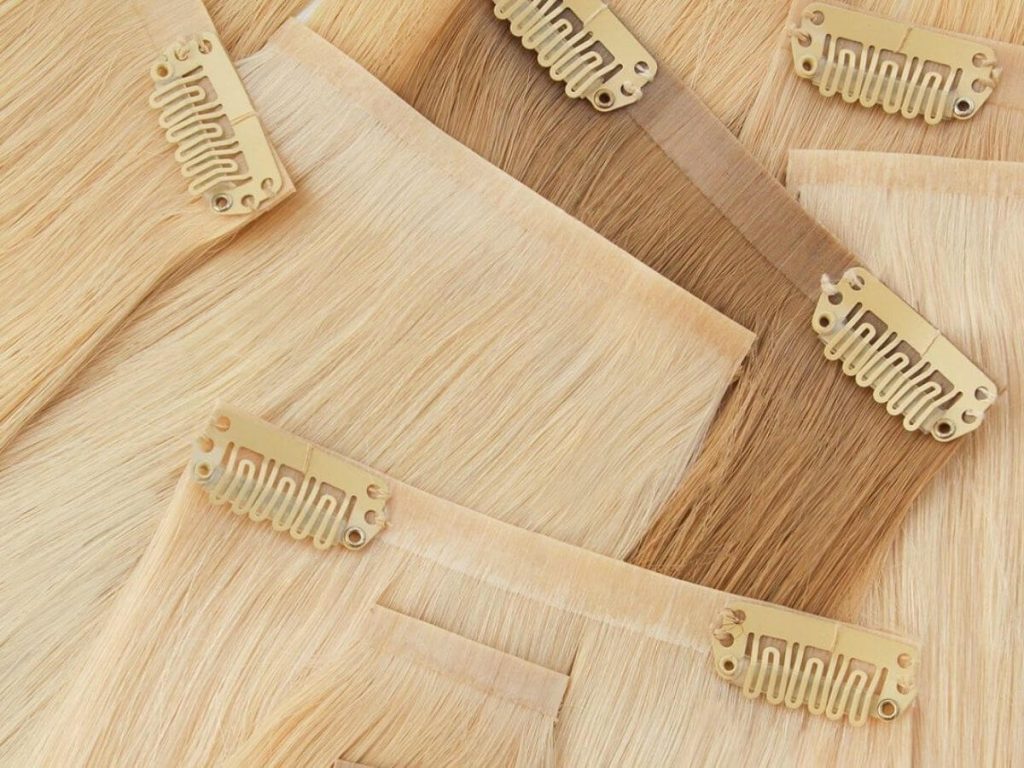
3. Lace vs. Seamless Clip Hair: Key Differences
The table below provides a side-by-side comparison of lace and seamless clip-in hair extensions, helping businesses understand their core distinctions:
| Feature | Lace Clip Hair | Seamless Clip Hair |
| Base Material | Lace fabric, breathable | Silicone-based, sleek finish |
| Comfort & Wearability | Lightweight but bulkier base | Ultra-lightweight and lays flat |
| Aesthetic & Blending | Can be slightly visible on fine hair | Virtually undetectable for a seamless look |
| Durability | Prone to fraying over time | More durable, reduced shedding |
| Breathability | High airflow, ideal for sensitive scalps | Less breathable, may retain heat |
| Cost | More affordable | Higher price due to advanced design |
| Maintenance | Requires gentle handling to prevent fraying | Easier to maintain, less shedding |
| Scalp Comfort | Soft but may feel bulkier | Smooth and lays flat against the scalp |
| Weight | Slightly heavier due to lace stitching | Extremely lightweight for all-day comfort |
| Suitability for Fine Hair | May appear bulky on fine hair | Ideal for fine hair due to flat, seamless weft |
| Shedding | Higher tendency to shed | Lower shedding due to adhesive bonding |
| Heat & Moisture Resistance | Absorbs moisture, prone to fraying over time | More resistant to humidity and moisture |
4. Key Factors To Consider When Choosing Between Lace and Seamless Clip Hair
When I first started selling hair extensions, I thought stocking both lace and seamless clip-ins was the best approach. But as I talked to salon owners, I realized demand isn’t equal for both. Some stylists preferred lace for volume and cost-effectiveness, while others only wanted seamless clip-ins for a natural, high-end look.
So, how do you decide which to stock? Let’s break it down.
What’s Trending in the Market?
The hair extension industry is shifting. More salons are requesting seamless clip-ins because they:
- Blend better, especially for clients with fine hair
- Feel lighter, making them more comfortable for all-day wear
- Are considered a premium option, allowing salons to charge more
But lace clip-ins still sell well in markets where affordability and volume are the priority. If your customers are budget-conscious, lace might still be the better choice.
Cost vs. Return on Investment
Seamless clip-ins cost more to produce due to the PU base and adhesive bonding method. However, they:
- Have a higher perceived value, making them easier to price at a premium
- Are less bulky, reducing customer complaints and product returns
- Appeal to salons that focus on luxury services, meaning repeat business
Lace clip-ins, on the other hand, are more affordable in bulk, making them ideal for large-scale distributors.
Quality and Supplier Considerations
Not all suppliers offer the same quality. Before placing large orders, ask yourself:
- Is the hair truly 100% Remy, or is it mixed with synthetic fibers?
- Does the adhesive on seamless clip-ins hold up after multiple washes?
- Are the clips durable, or do they loosen after a few uses?
Look for certifications and manufacturing transparency. A good supplier means fewer complaints, happier clients, and stronger long-term sales.
Conclusion
I started this journey thinking all clip-ins were the same. But after hearing from frustrated stylists and testing the products myself, I realized lace and seamless clip-ins serve very different needs.
Lace clip-ins offer volume and affordability. Seamless clip-ins provide a discreet, lightweight look. Both have a place in the market, but which one is best for your business?
Your decision impacts sales, client satisfaction, and your long-term success.
Are you stocking the right extensions?
Let’s figure it out together. Contact us today!
